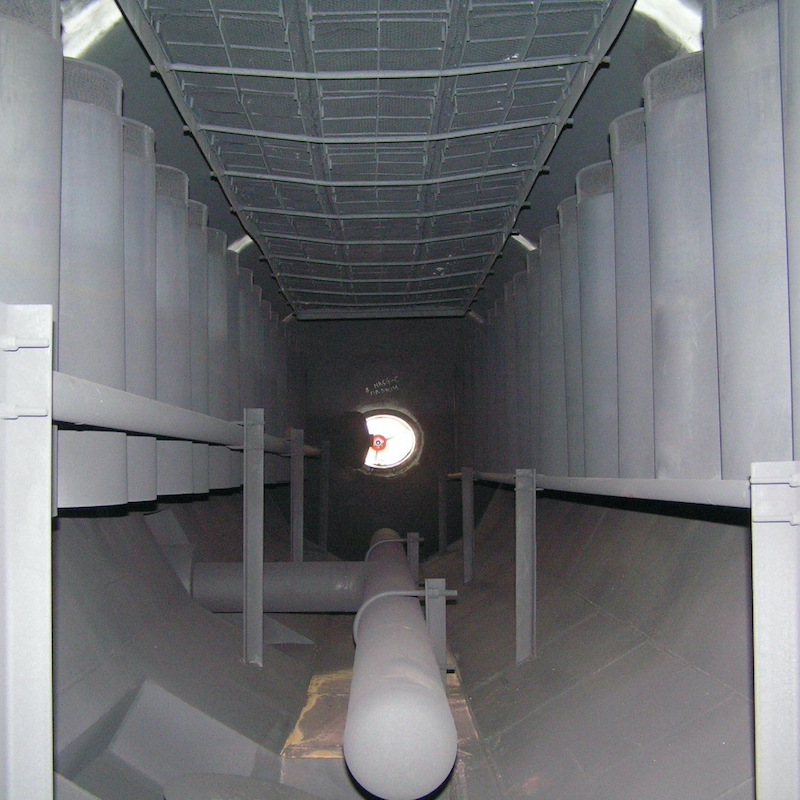How Can We Help
+48 519 821 507
contact@hosseg.com
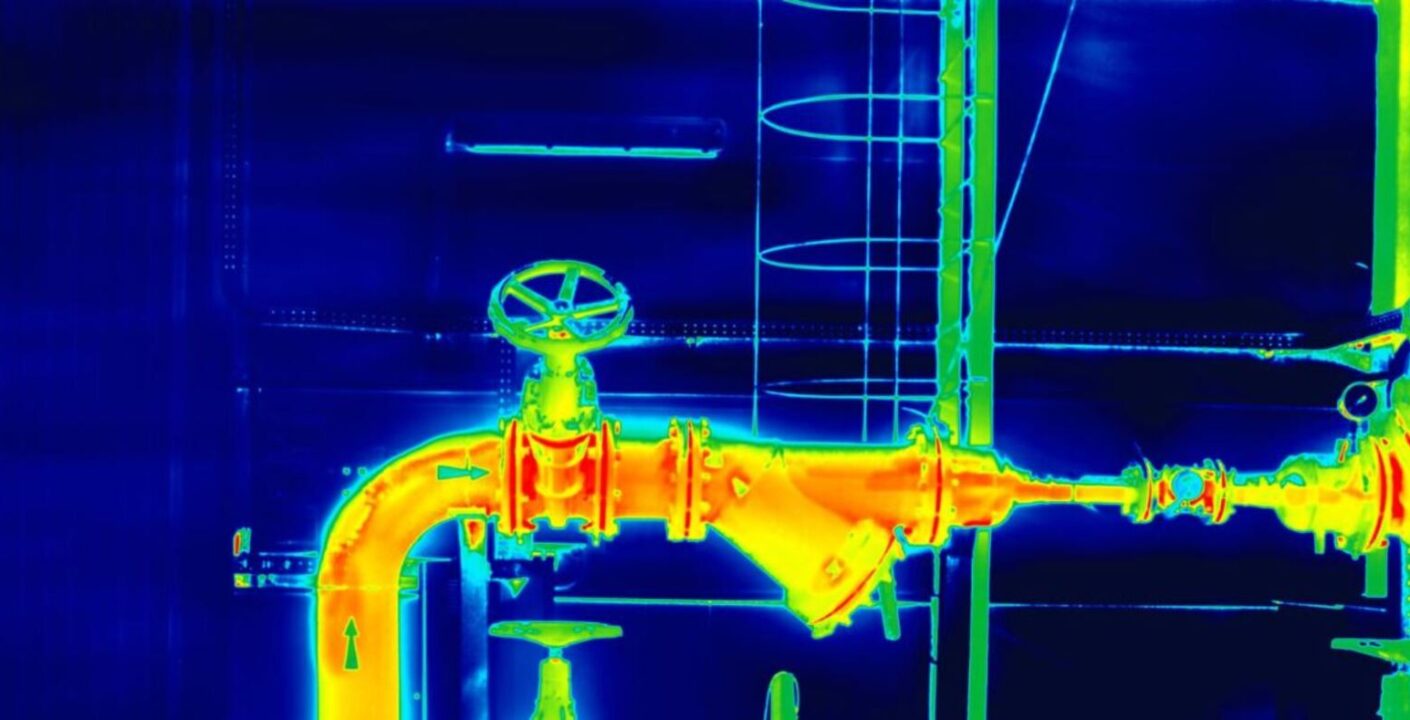
Inspections
We offer comprehensive on-site inspection services covering a wide range of activities related to power engineering and industrial sectors. We perform preventive, control, and diagnostic inspections tailored to the specific characteristics and requirements of the sites. Our services also include annual inspections conducted during planned shutdowns or overhauls. The goal is to assess the technical condition equipment, such as water and steam boilers, heat recovery steam generators (HRSG), flue gas treatment (FGT) plants, and other industrial systems and installations.
Through regular inspections, we can precisely determine the technical condition of equipment and implement preventive and maintenance measures that minimize the risk of failures while ensuring safe and long-term operation. Effective inspections rely primarily on precise visual analysis, requiring both high qualifications and extensive professional experience from our specialists.
The Hosseg team consists of experts with broad experience gained from inspecting energy and industrial sites worldwide. Our work doesn’t stop at identifying damage. With the support of our analytical capabilities (Root Cause Analysis), we conduct detailed failure cause analyses, develop comprehensive preventive programs, and implement solutions to minimize the risk of similar incidents in the future.
We analyze the technical condition of damaged or malfunctioning equipment and installations, identifying the causes of damage and recommending the most effective repair methods. These actions significantly reduce downtime and ensure a swift response in emergency situations.
We also carry out repair inspections, during which we assess the quality of executed repairs and their compliance with technical requirements. This allows us to detect potential design and execution errors that could affect the efficiency and safety of systems.
As part of modernization inspections, we analyze opportunities to improve systems and equipment, suggesting options to enhance efficiency, reduce operating costs, and increase safety. All inspections are conducted in both cold (off-line) and hot (in-service) modes. Cold inspections are performed when equipment is shut down, enabling a detailed technical assessment without risking system disruptions. Hot inspections are carried out during normal equipment operation, allowing real-time monitoring of performance and identification of issues without the need for shutdowns.
By effectively utilizing advanced diagnostic tools such as ultrasonography (and other NDT methods), thermography, borescopy, and drones, we can conduct thorough inspections in hard-to-reach areas that were previously difficult to examine.
Our inspections significantly contribute to improving equipment efficiency, extending its lifespan, and enhancing operational safety. Additionally, we help reduce operating costs by effectively preventing unplanned shutdown. Regular and comprehensive technical inspections are key to maintaining equipment in optimal condition throughout its operational life.
NDT and distortion analysis of the HRSG drain system
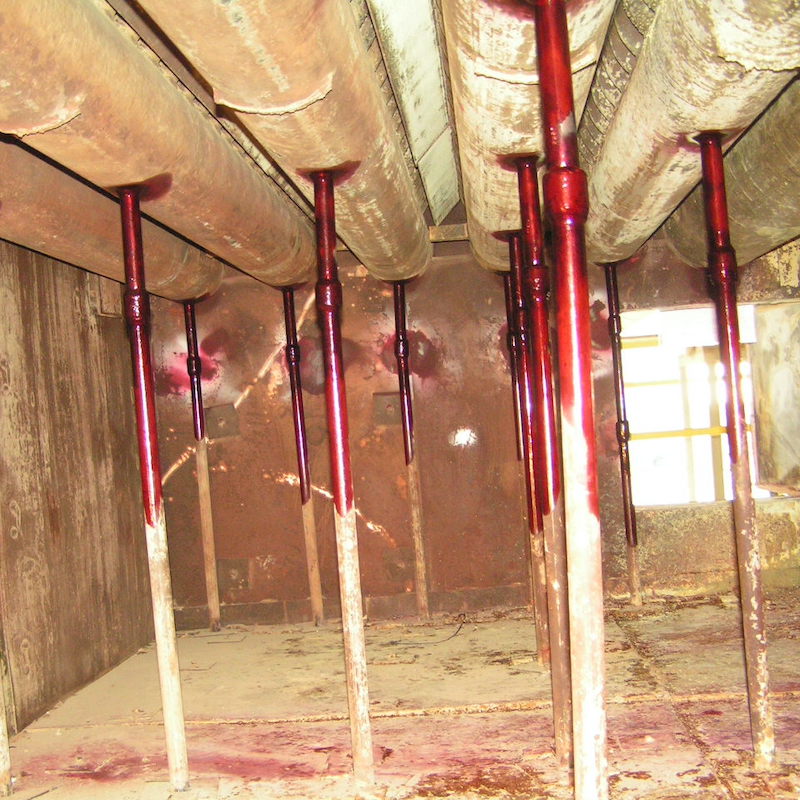
UT inspection of HRSG elbows for FAC detection
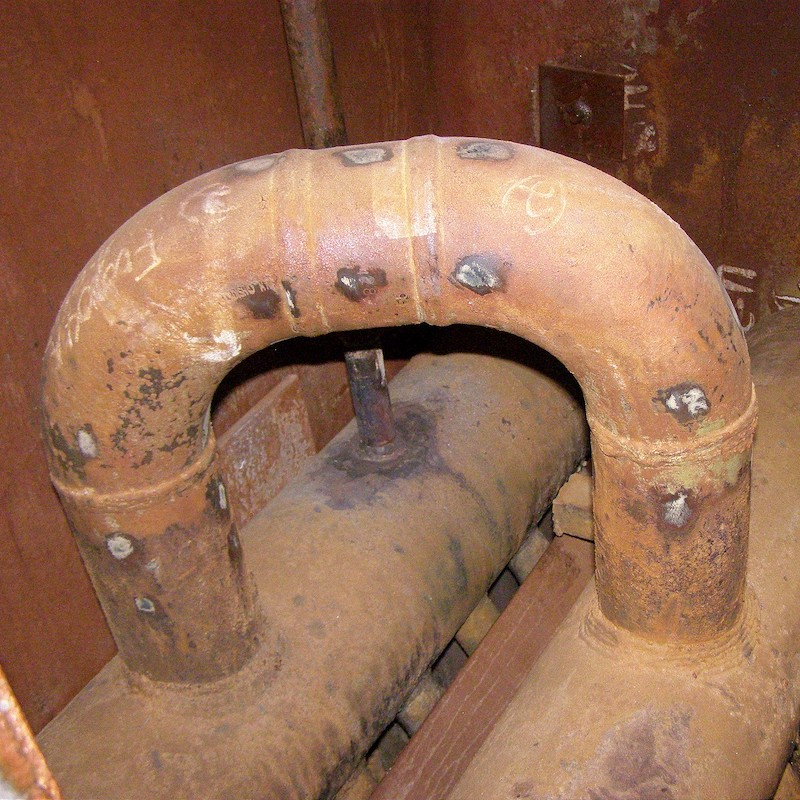
Visual inspection of the bag filter in the FGT system
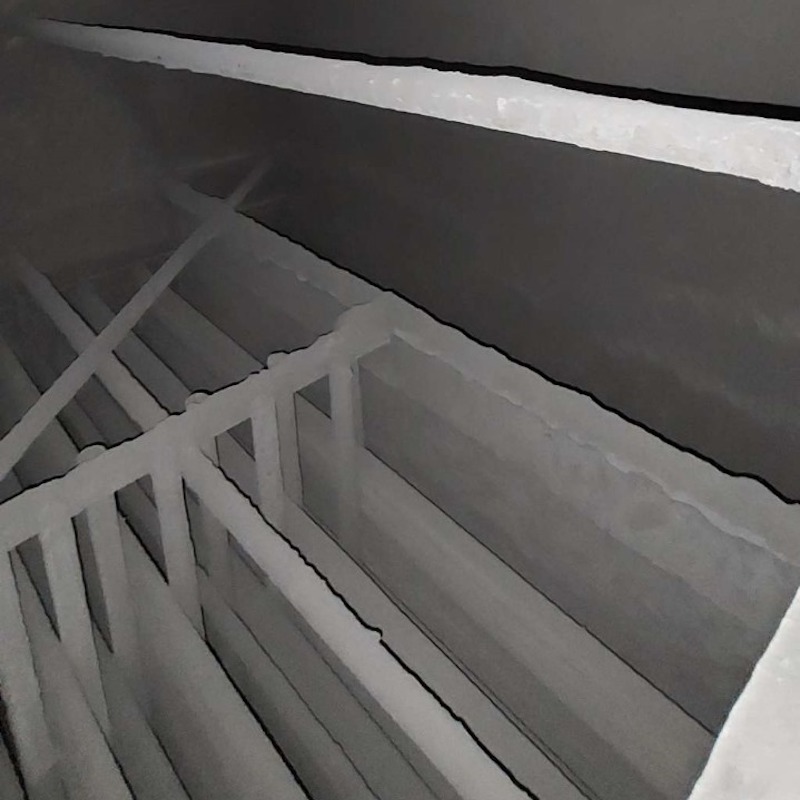
The annual inspection of the HRSG drum with analysis of deposits
